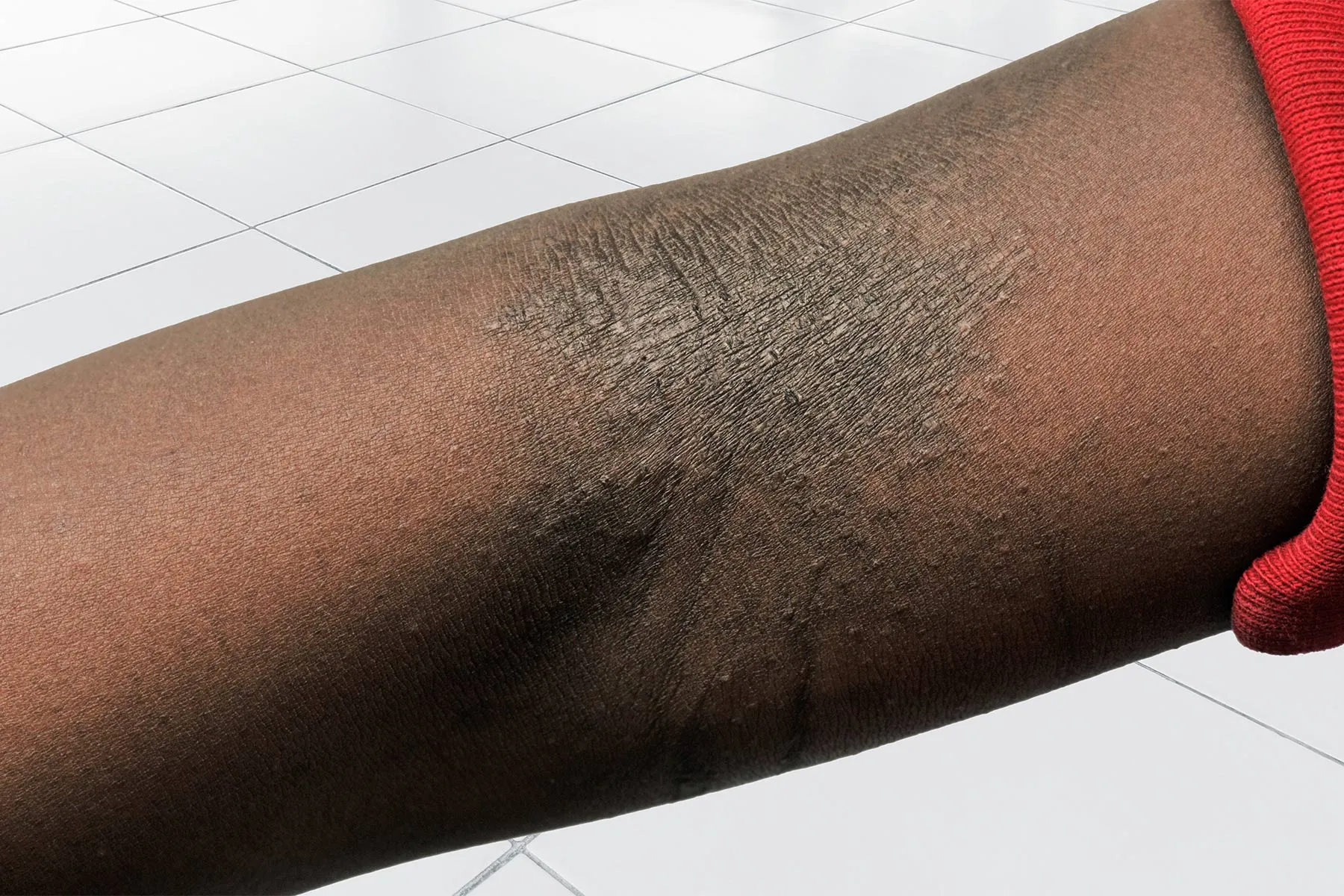‘Dead Men Walking’: The Flawed Concept of the Death Penalty
The fate of two Texas prisoners underlines the contradictions in the way that America administers punishment.

Just three days before a Texas court stayed the execution of Melissa Lucio, Carl Wayne Buntion was put to death in the same state.
On April 22, Buntion, 78, the oldest inmate on Texas’ death row, was the first person executed in the state this year. While Lucio’s reprieve is welcome, Buntion’s case underlines the questions we should all be asking about America’s use of the death penalty.
America has carried out roughly 16,000 recorded executions in its history. The condemned have died mostly by hanging, followed by electrocution, lethal injection, gas, firing squad, burning, and an assortment of other rather barbaric means.
The death penalty throughout this history has been, and will always remain, a flawed penal concept because of the unfairness in its application and actual execution.
Nothing illustrates this better than the contrast between Buntion’s case and the case of a fellow Texas inmate named Arthur Lee Williams, Jr.
Buntion was convicted for the June 1990 murder of a Houston police officer during a traffic stop. He had been released from the Texas prison system on parole just six weeks before he killed motorcycle Officer James Irby.

Carl Buntion. Photo courtesy Texas Department of Criminal Justice
There was no question about Buntion’s guilt. He was sentenced to death in 1991 for Irby’s murder.
Arthur Lee Williams, Jr. killed Houston police Detective Daryl Wayne Shirley in April 1982, just three months after he was released from a Minnesota prison on parole. Like Buntion, he was a career violent criminal.
Williams killed the detective as he tried to serve a parole violation warrant on the parolee. Williams shot the detective twice with the officer’s own weapon. He was sentenced to death in 1983 for Shirley’s murder.
Thirty-six years passed between Williams’ 1982 crime and his 2018 resentencing to life imprisonment, plus 60 years, after a court decision vacated his death sentence.
Williams, 63. is in his 40th year of incarceration. He is eligible for parole at age 100. He is virtually a “dead man walking.”
Reputable studies show that life expectancy is shortened by each year of prison incarceration. Given the best expectations, Williams will probably die before he reaches 70.
The point is: the cause of Buntion’s death was state-administered execution while Williams’ cause of death will be state-imposed incarceration.
So, why was one man executed while the other man is allowed to live his life out in incarceration?
Both men committed remarkably similar crimes: the murder of police officers during an arrest process in the same city. Both men had lengthy, even violent criminal histories. Both men were on parole at the time they admittedly killed the two officers. Both men expressed sincere remorse about their crimes.
Both men had their death sentences vacated during the appeal process—one was resentenced to death, the other resentenced to life.
It is simply not fair, by any measure of human decency or by any protocols of justice, that Buntion was executed while Williams was allowed to live.
In February 2021, the Sentencing Project issued a report, “No End In Sight: America’s Enduring Reliance on Life Imprisonment,” that found there are roughly 200,000 inmates in the nation’s prison system serving life sentences: life with parole, life without parole, and virtual life sentences (sentences of 50 or more years).
Fifty-nine of these sentences were imposed for homicide convictions
The report revealed that most of these homicide offenses involved one victim while others involved multiple victims, some up to dozens of victims. Some of the victims were law enforcement officers.
The FBI has reported that between 1980 and 2014, an average of 64 police officers was killed in the line of duty. Not all of them got a death sentence or even a life sentence.
Translated, Carl Wayne Buntion was treated more harshly than mass shooters, serial killers, and other cop killers. His crime was no more heinous than those of mass shooters or serial killers or cop killers. The overwhelming majority of these killers, like Arthur Lee Williams, are serving life sentences in a penal facility.
In fact, the very day Buntion was executed in Texas, the governor of Tennessee stayed the execution of a triple murderer scheduled to die that same day.

Billy Sinclair
Carl Wayne Buntion was a medically disabled old man. He posed no threat to free society, much less to those in prison society.
There was no legitimate penological purpose served by his execution. It did not deter a single crime, much less another cop killing.
It did not bring any “closure” to the victim’s family; and it did not make the State of Texas a safer place to live.
Buntion’s execution stands as a stark reminder that human decency is at the bottom of the totem pole of American criminal justice.
Billy Sinclair spent 40 years in the Louisiana prison system, six of which were on death row. He is a published author, an award-winning journalist (a George Polk Award recipient), and the co-host of the criminal justice podcast, “Justice Delayed.”

 Landwebs
Landwebs 




















